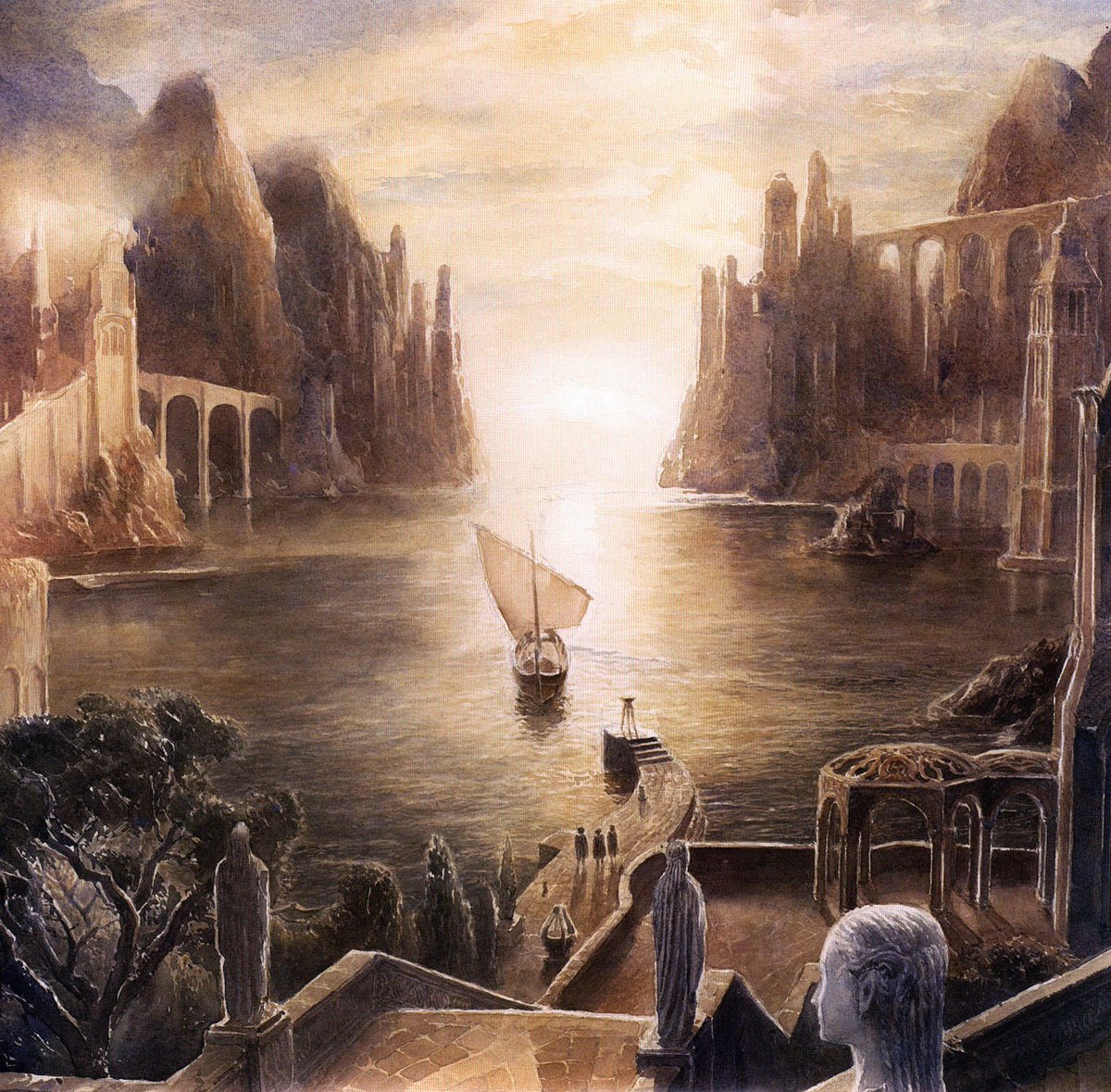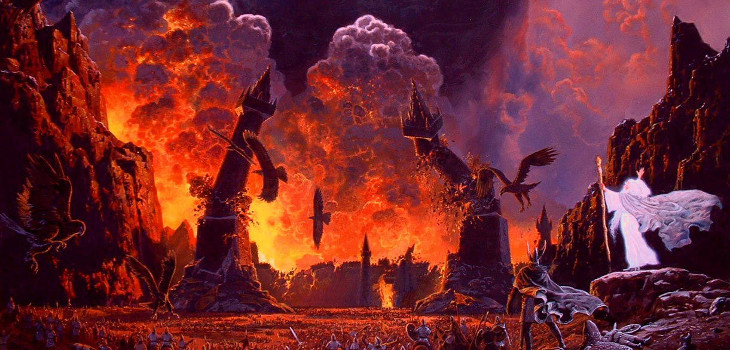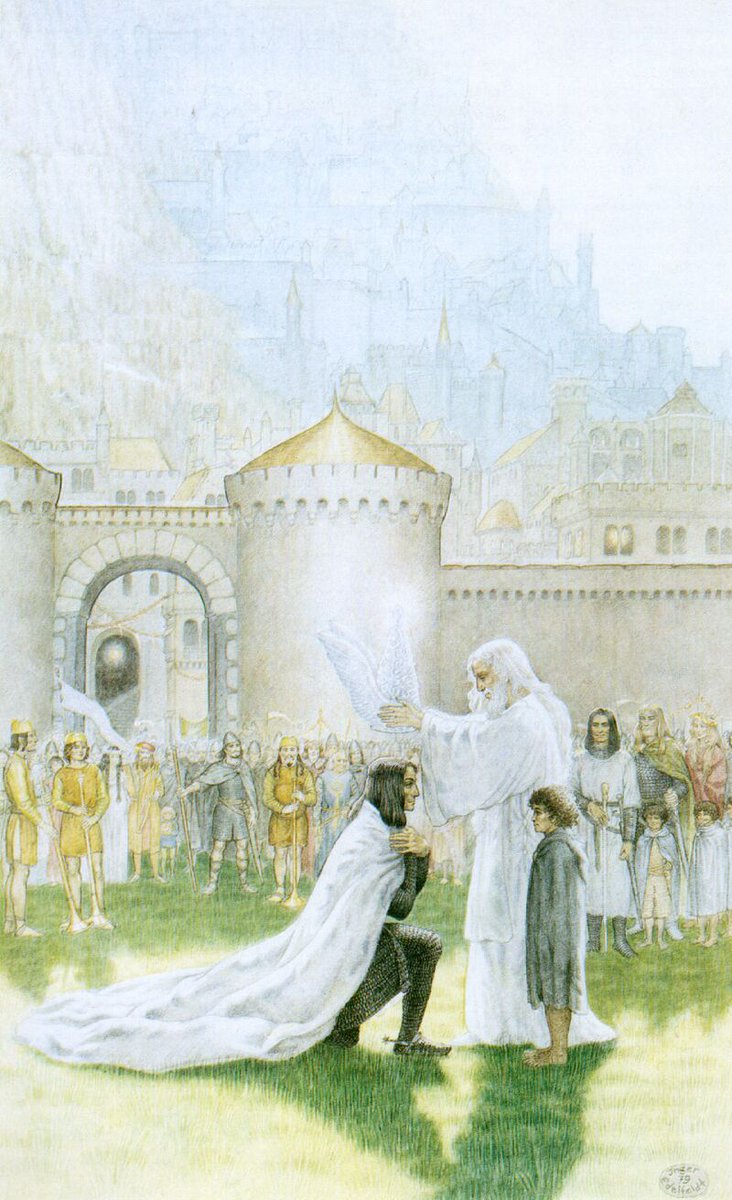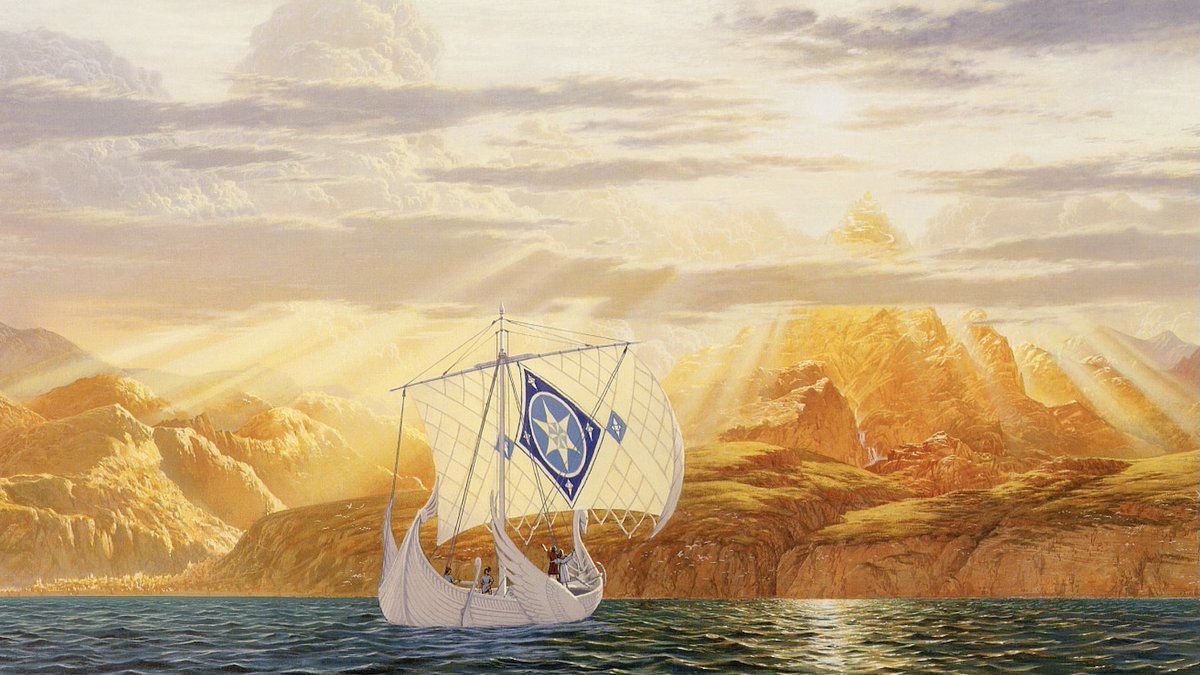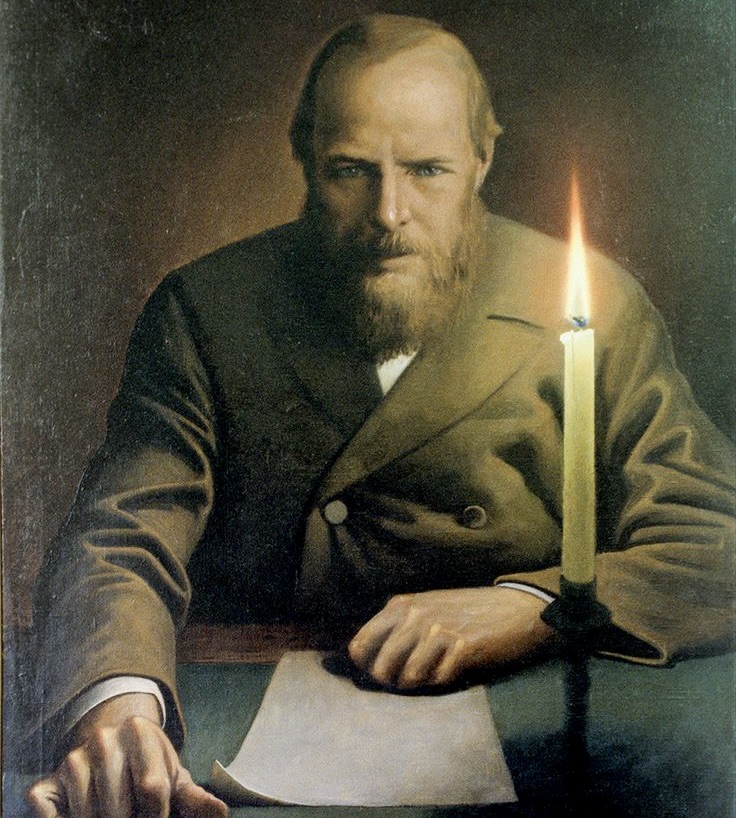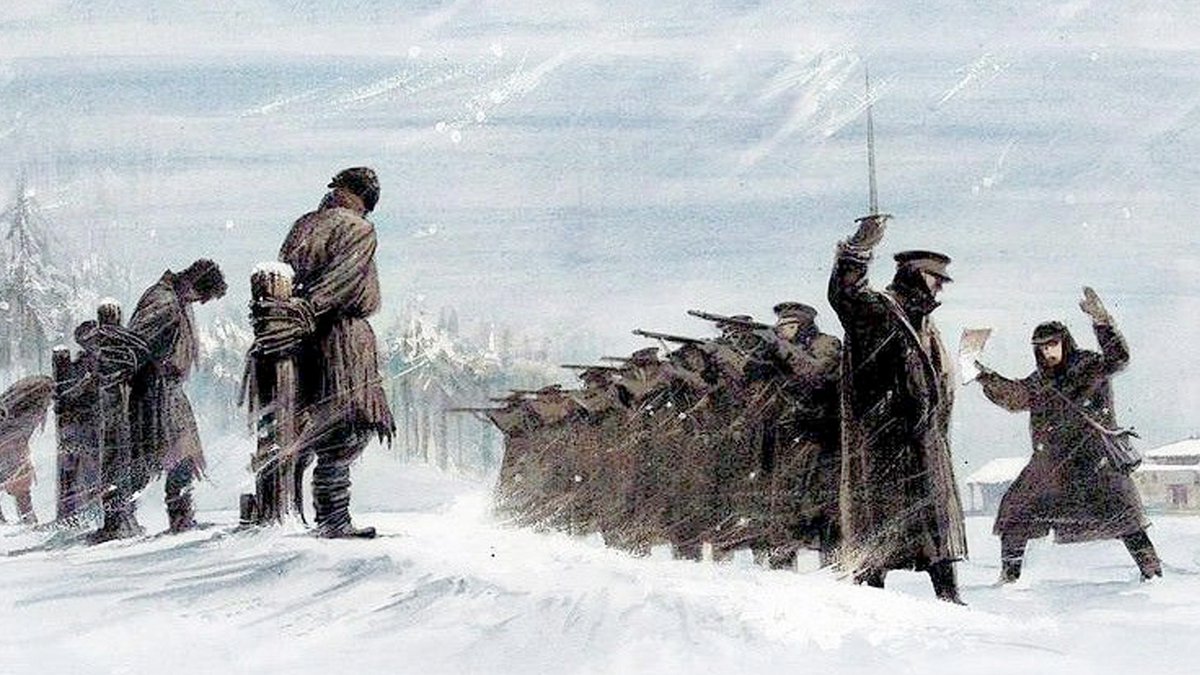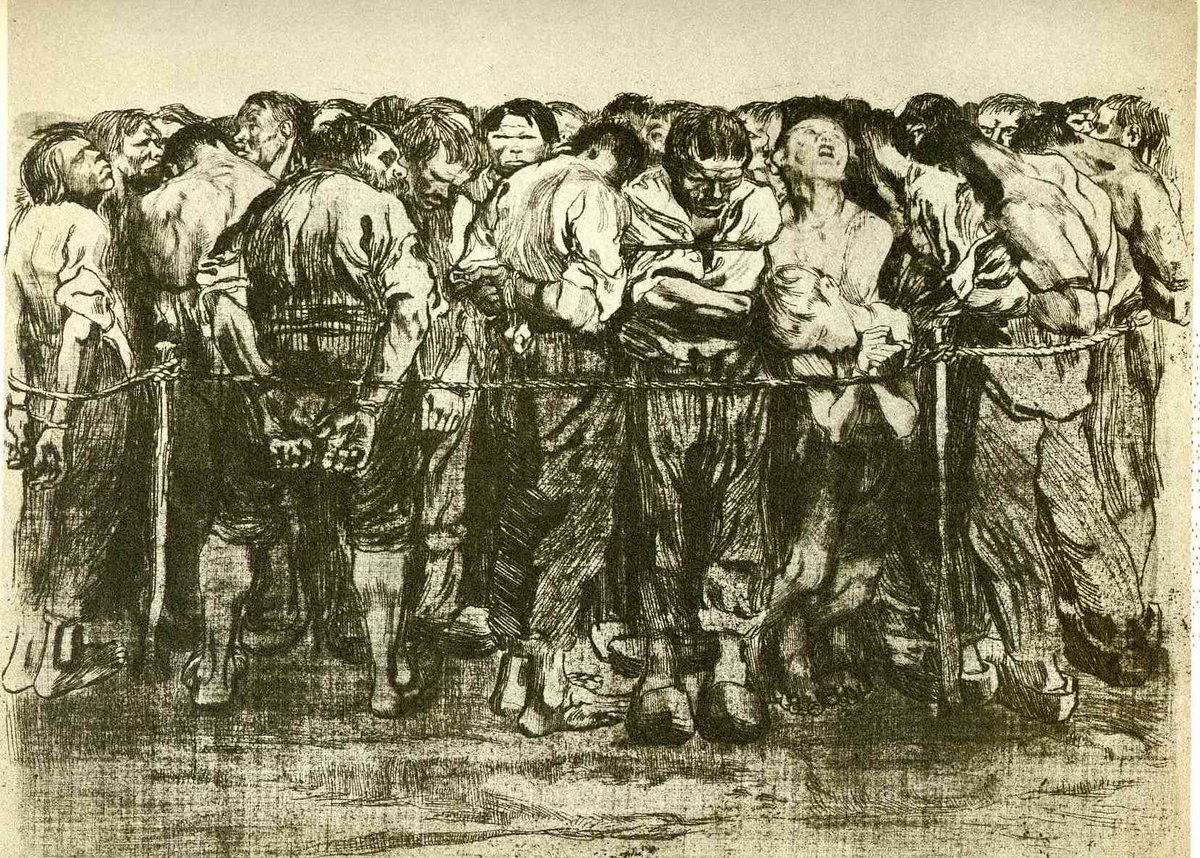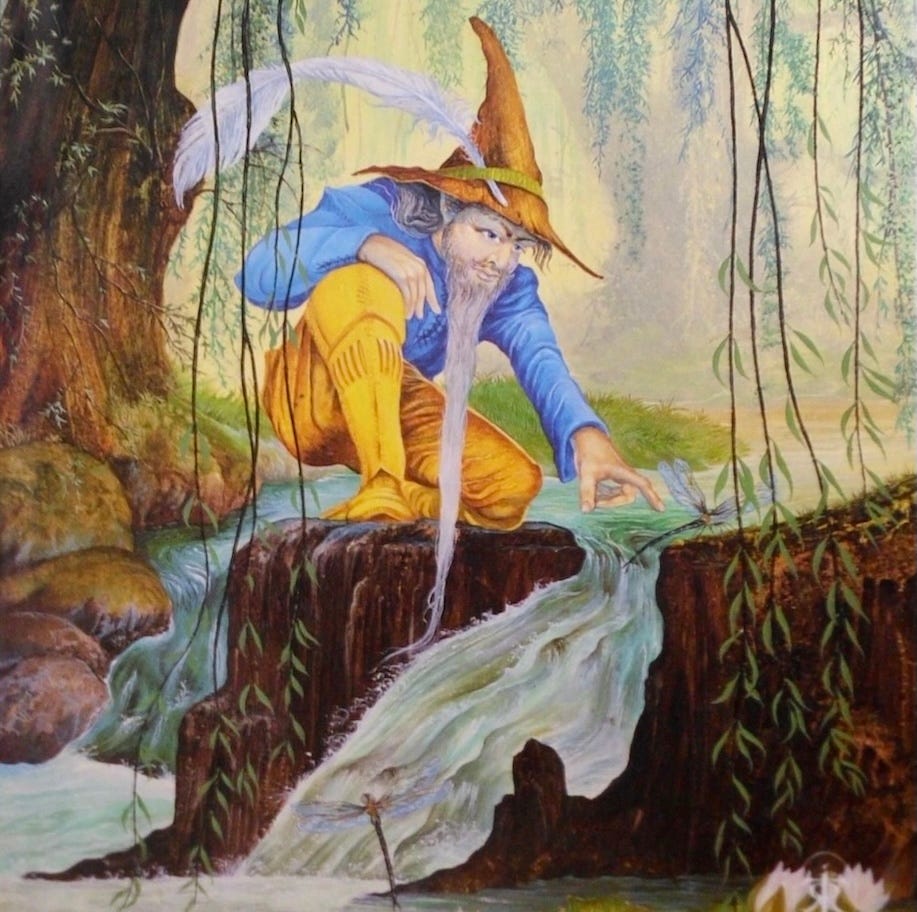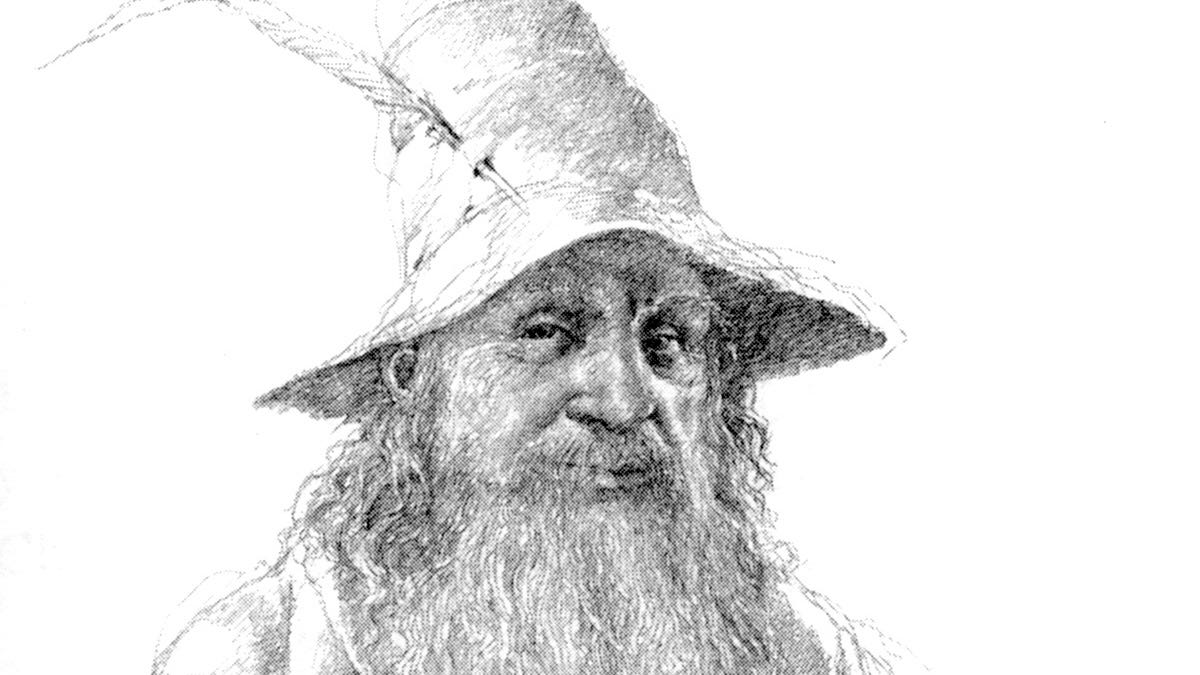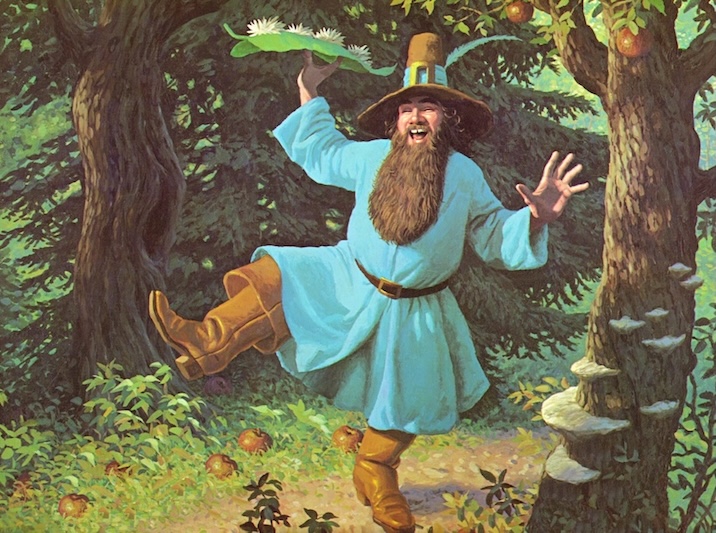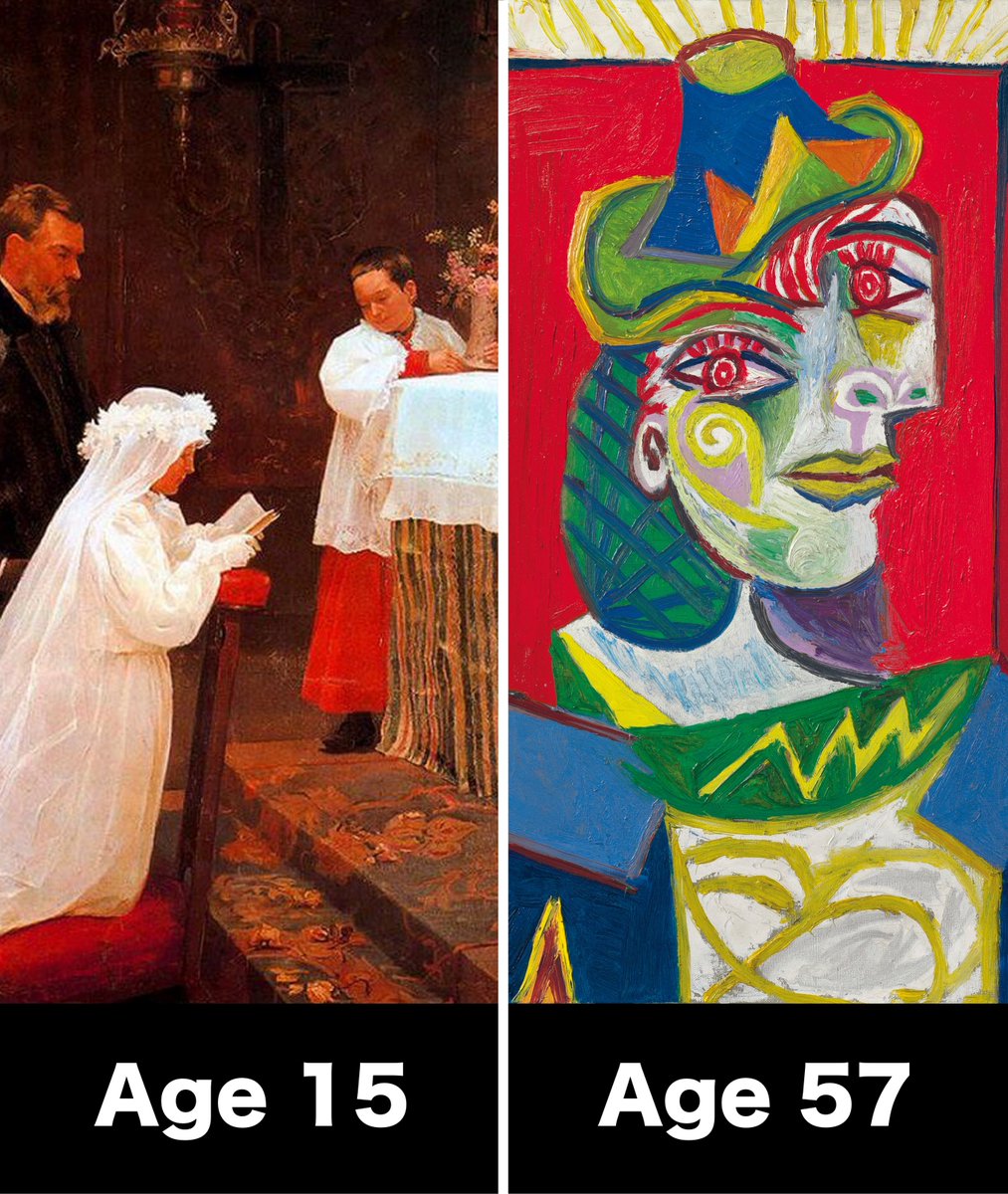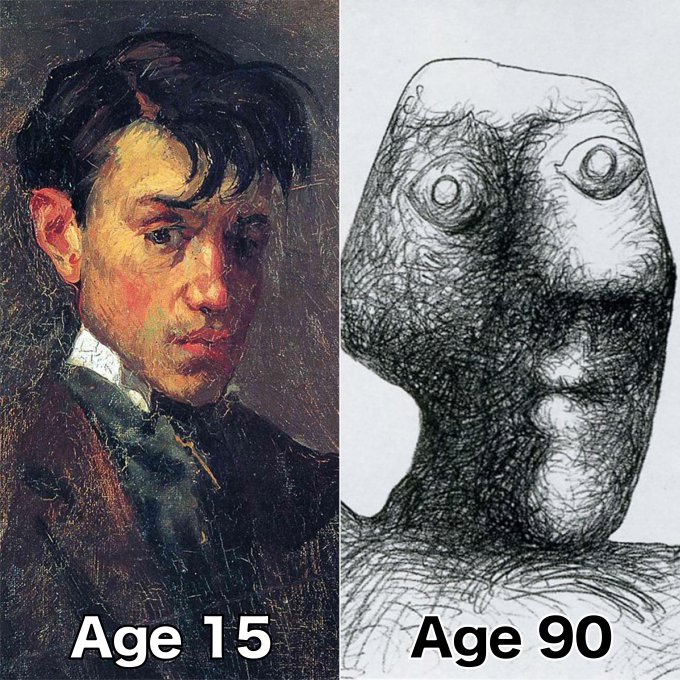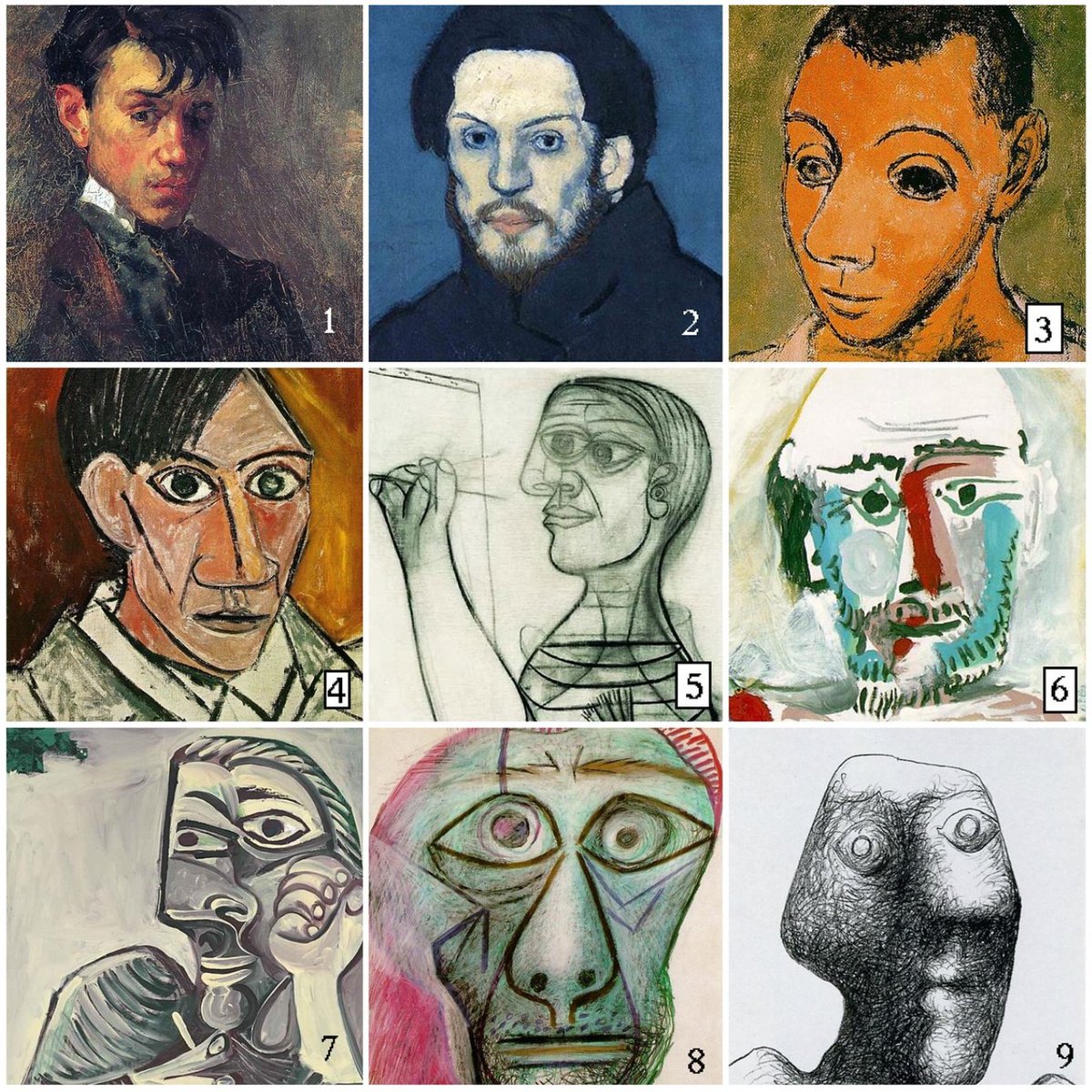Romanian castles are something straight out of a fairytale.
These are the greatest of all... (thread) 🧵
These are the greatest of all... (thread) 🧵
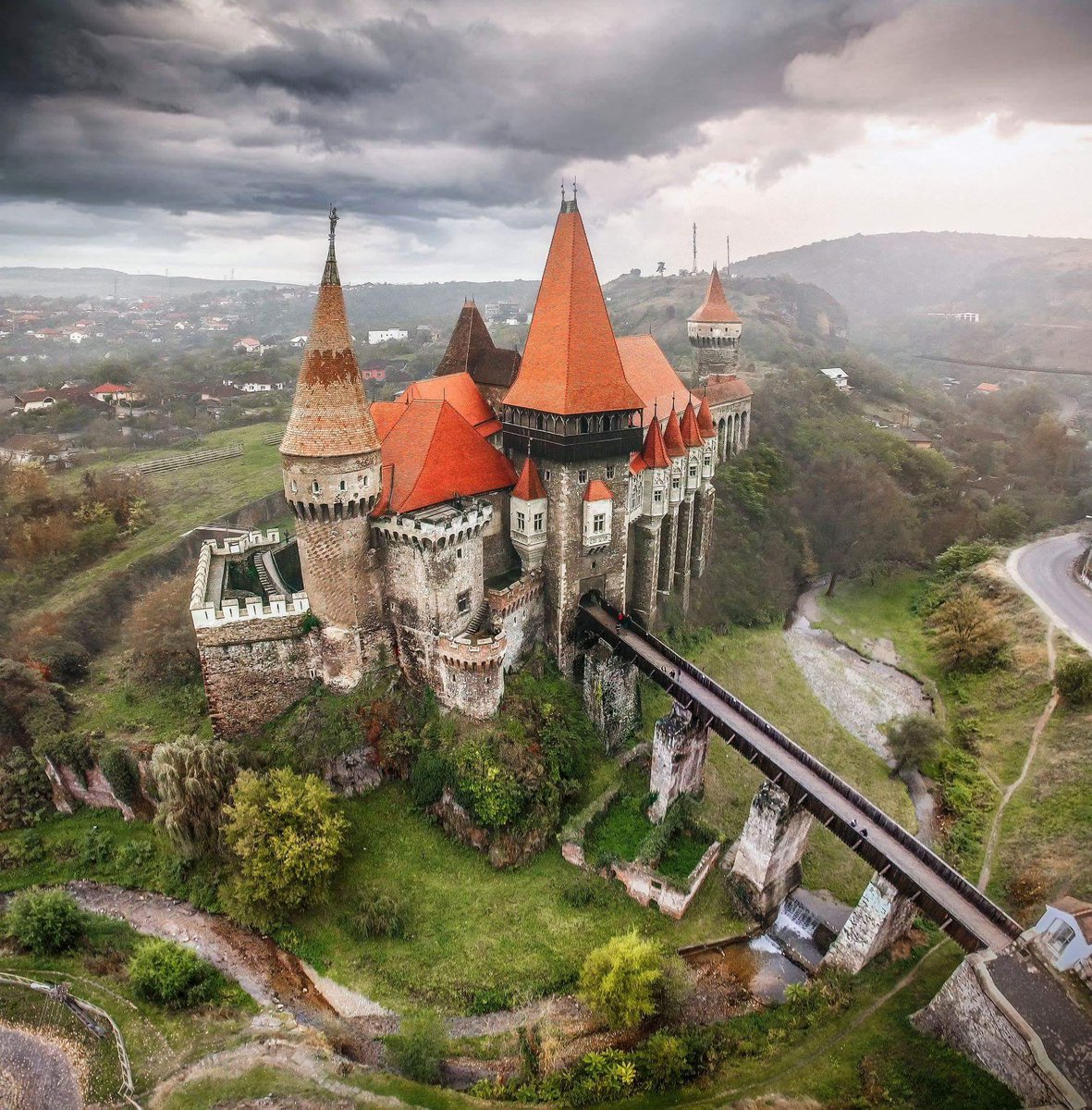
1. Bran Castle (14th century)
Touted as Dracula's castle and often linked (incorrectly) with Vlad the Impaler. It was however a crucial stronghold against the expansion of the Ottoman Empire, which Vlad Dracula was famous for fighting.
Touted as Dracula's castle and often linked (incorrectly) with Vlad the Impaler. It was however a crucial stronghold against the expansion of the Ottoman Empire, which Vlad Dracula was famous for fighting.
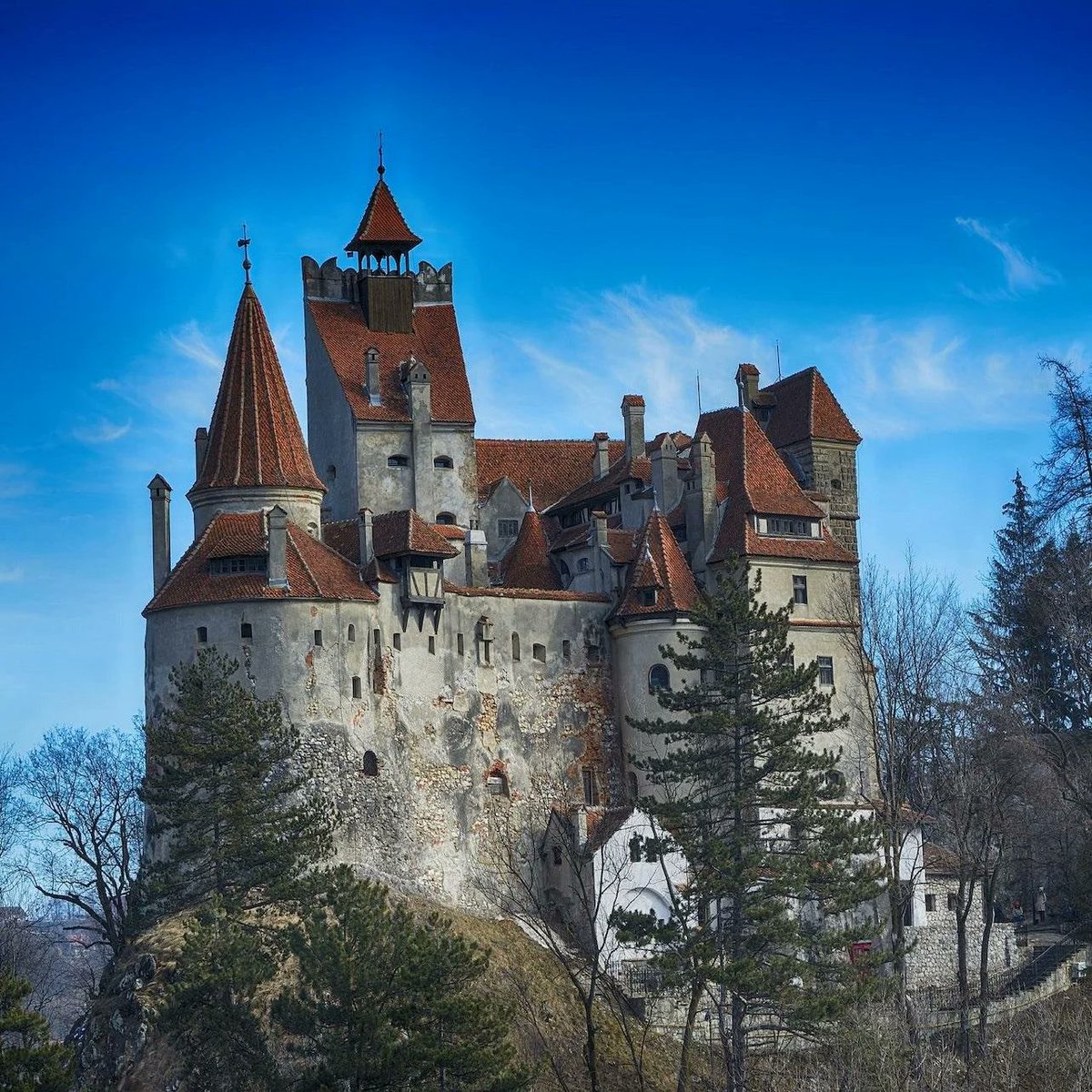
2. Peleș Castle (1883)
Built not as a fortress but a royal palace for the first Romanian king, Carol I. It's a romantic blend of neo-Renaissance and neo-Gothic, similar to Bavaria's Neuschwanstein Castle.
Built not as a fortress but a royal palace for the first Romanian king, Carol I. It's a romantic blend of neo-Renaissance and neo-Gothic, similar to Bavaria's Neuschwanstein Castle.

Inside is decidedly Baroque-influenced, with some of the most elaborate wood carvings anywhere. It was also Europe's first castle with electricity and central heating. 
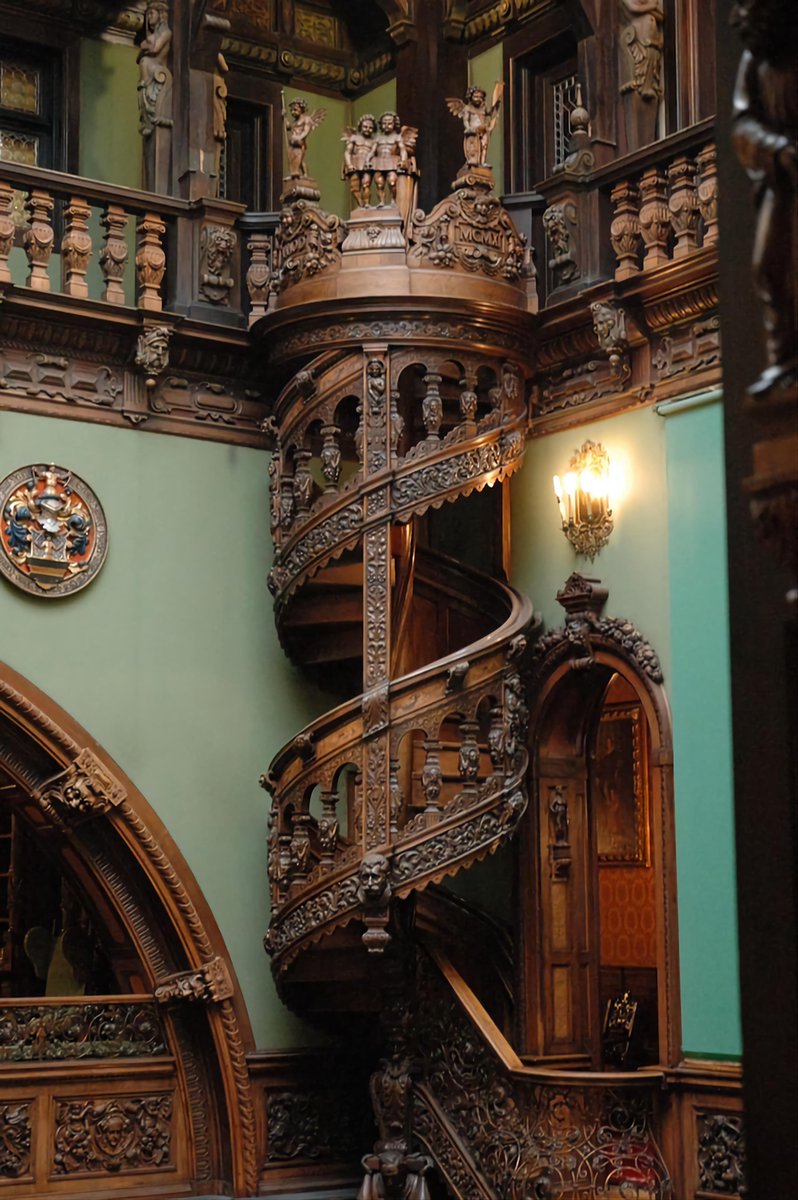
3. Biertan Fortified Church (15th - 16th century)
Rather than constructing new castles to defy the Ottomans, some communities fortified existing structures - like this medieval Gothic church.
Rather than constructing new castles to defy the Ottomans, some communities fortified existing structures - like this medieval Gothic church.

4. Pelișor Castle (1903)
Part of the Peleș Castle complex, but Art Nouveau in style - Queen Marie combined this with Byzantine and Celtic elements, as a "weapon against sterile historicism".
Part of the Peleș Castle complex, but Art Nouveau in style - Queen Marie combined this with Byzantine and Celtic elements, as a "weapon against sterile historicism".

5. Poenari Castle (13th - 15th century)
The real home of Vlad the Impaler, who had this castle repaired and fortified by his enslaved enemies. Today it's in ruin, but has been reimagined in its Mount Cetatea setting - accessible via 1,480 concrete steps.
The real home of Vlad the Impaler, who had this castle repaired and fortified by his enslaved enemies. Today it's in ruin, but has been reimagined in its Mount Cetatea setting - accessible via 1,480 concrete steps.

6. Bánffy Castle (15th - 18th century)
One of the many castles and palaces being restored right now in Romania. Representative of eclectic Transylvanian architecture: Rennaisance, Baroque, Neoclassical, and neo-Gothic mixed together.
One of the many castles and palaces being restored right now in Romania. Representative of eclectic Transylvanian architecture: Rennaisance, Baroque, Neoclassical, and neo-Gothic mixed together.

7. Râșnov Fortress (13th century)
A breathtaking fortress built by the Teutonic Knights. It safeguarded the surrounding Transylvanian villages from Tatar and Turkish invasions for centuries.
A breathtaking fortress built by the Teutonic Knights. It safeguarded the surrounding Transylvanian villages from Tatar and Turkish invasions for centuries.

8. Corvin Castle (15th - 19th century)
One of Europe's largest castles. Alongside Bran and Peleș, it's considered one of the 7 wonders of Romania. It's also where Vlad the Impaler was once held prisoner by the Hungarians.
One of Europe's largest castles. Alongside Bran and Peleș, it's considered one of the 7 wonders of Romania. It's also where Vlad the Impaler was once held prisoner by the Hungarians.

If threads like this interest you, you NEED my weekly newsletter (it's free) 👇
culturecritic.beehiiv.com/subscribe
culturecritic.beehiiv.com/subscribe
• • •
Missing some Tweet in this thread? You can try to
force a refresh


